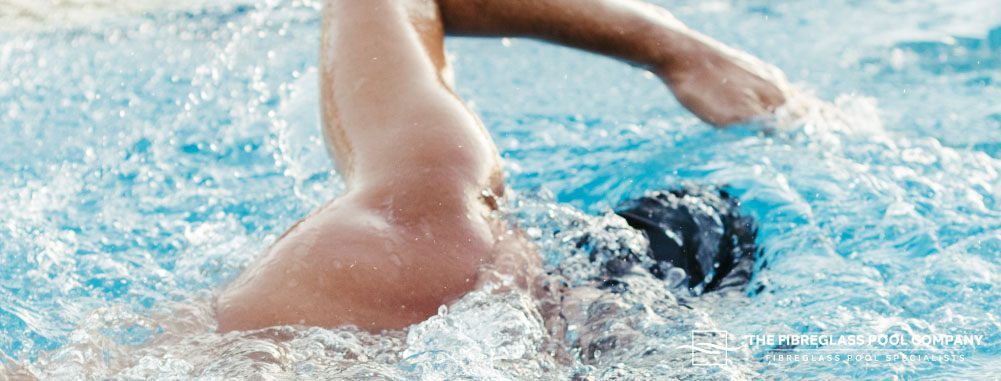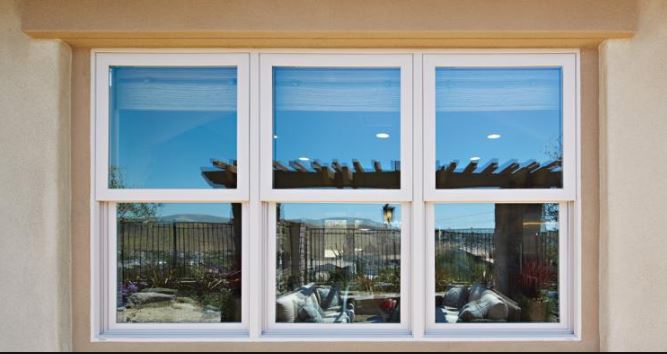Unexpected Plumbing Hacks to Tackle Surprising Emergencies

Do you ever find yourself facing a plumbing emergency and feeling like you have no idea what to do? Unexpected plumbing problems can be a major headache, but with these surprising plumbing hacks, you’ll be better equipped to tackle any emergency that comes your way. From simple fixes to clever solutions, these plumbing hacks can help you avoid costly repairs and get the job done quickly.
Emergency Plumbing Kit
Unexpected plumbing emergencies can happen at any time, and having an emergency plumbing kit on hand can save you time, money, and stress. This kit should include essential tools and supplies that will help you tackle any plumbing problem that comes your way.
First, make sure your emergency plumbing kit includes a pair of adjustable pliers. These versatile tools can help you tighten or loosen pipe fittings and other connections. Additionally, a pipe wrench is crucial for tackling larger, stubborn pipes. It provides the extra leverage needed to remove or tighten pipes securely.
Next, don’t forget to include a plunger. This trusty tool is a must-have for unclogging toilets and sinks. Choose a sturdy, high-quality plunger that can create a strong suction for effective unclogging.
Another essential item to include in your kit is plumber’s tape. This thin, flexible tape is perfect for creating watertight seals around pipe fittings, preventing leaks and minimizing water damage.
Additionally, having a bucket or a large container in your emergency plumbing kit is essential for catching any leaks or spills. This will help minimize damage and make clean-up easier.
Lastly, keep a flashlight in your kit, as plumbing emergencies can happen at any time, including during power outages. Having a reliable light source will allow you to inspect pipes, fittings, and other components even in dark or hard-to-reach areas.
By assembling an emergency plumbing kit with these essential tools and supplies, you’ll be better prepared to tackle unexpected plumbing emergencies quickly and efficiently. Don’t let plumbing problems catch you off guard – be proactive and build your emergency plumbing kit today!
Fix a Leaky Faucet with Ease
Is that constant drip-drip-drip driving you crazy? Don’t worry, fixing a leaky faucet is easier than you think! With just a few simple steps, you can put an end to that annoying sound and save water in the process.
First, start by turning off the water supply to the faucet. Look underneath the sink for the shut-off valve and give it a quarter-turn to the right. This will prevent any water from flowing while you work on the faucet.
Next, carefully remove the handle of the faucet. You may need to use a screwdriver or Allen wrench, depending on the type of faucet you have. Once the handle is off, you’ll see the cartridge or valve stem. This is the part that controls the flow of water. Check for any damage or wear and tear. If necessary, replace the cartridge or valve stem with a new one.
Before reassembling the faucet, it’s a good idea to clean any mineral deposits or debris that may be causing the leak. Soak the parts in vinegar for a few hours to dissolve any build-up. Then, scrub away the residue with a brush or toothbrush.
Once everything is clean and dry, reassemble the faucet and turn the water supply back on. Test the faucet to make sure the leak is fixed. If the problem persists, you may need to call a professional plumber.
Fixing a leaky faucet is a simple and satisfying DIY project that can save you money on your water bill. So, don’t let that annoying drip continue. Follow these easy steps and enjoy the peace and quiet of a leak-free faucet.
Quick Clog Fixes without Chemicals
Plumbing clogs can be a major headache, but before you reach for harsh chemical cleaners, consider trying these quick clog fixes without chemicals. Not only are these methods safer for you and the environment, but they can also be just as effective in unclogging your drains.
One simple yet effective method is using a plunger. Place the plunger over the drain and give it a few firm pumps. This can create suction and help dislodge any blockages. If the plunger alone doesn’t do the trick, try combining it with hot water. Boil a pot of water and carefully pour it down the drain. The heat can help break up stubborn clogs, while the plunger adds extra force.
Another natural clog-busting remedy is using a combination of baking soda and vinegar. Start by pouring half a cup of baking soda down the drain, followed by one cup of vinegar. Allow the mixture to sit for about 30 minutes, then flush it out with hot water. The baking soda and vinegar create a foaming reaction that can help break down organic materials causing the clog.
For particularly stubborn clogs, you can try using a plumbing snake or auger. These long, flexible tools can be inserted into the drain and twisted to break up or retrieve the clog. Be sure to follow the instructions carefully to avoid damaging your pipes.
Remember, these quick clog fixes without chemicals are best for minor or moderate clogs. If you have a persistent or severe blockage, it may be time to call a professional plumber. By using these natural methods, you can save money, protect your pipes, and keep harmful chemicals out of your home.
Unclog Drains with Baking Soda and Vinegar
Dealing with a clogged drain is never fun, but before you reach for those harsh chemical cleaners, try this natural and effective method using baking soda and vinegar. It’s a simple, eco-friendly solution that can work wonders on those stubborn clogs.
To start, gather half a cup of baking soda and one cup of vinegar. Pour the baking soda down the drain, making sure it goes as far as possible. Follow it up with the vinegar, and be prepared for a bit of a show. The two ingredients will react and create a fizzy foam, working to break down any organic materials causing the clog.
Let the mixture sit in the drain for about 30 minutes to give it time to work its magic. Then, flush it out with hot water. The combination of baking soda and vinegar is a powerful duo that can help dissolve and dislodge the clog, allowing water to flow freely once again.
Not only is this method safe and natural, but it’s also cost-effective. You don’t need to spend a fortune on chemical cleaners that may damage your pipes or harm the environment. Instead, reach for baking soda and vinegar to unclog your drains and keep everything running smoothly.
Next time you encounter a stubborn clog, give this baking soda and vinegar method a try. It’s a simple and effective plumbing hack that can save you time, money, and unnecessary stress. Say goodbye to clogged drains and hello to free-flowing water!
Water Heater Maintenance Tips
Water heaters are an essential part of our daily lives, providing us with warm showers, clean dishes, and comfortable temperatures. But they often get overlooked when it comes to regular maintenance. By taking the time to properly care for your water heater, you can extend its lifespan and avoid unexpected breakdowns. Here are some simple water heater maintenance tips to keep everything running smoothly.
First, make sure to regularly check the temperature and pressure relief valve. This valve helps regulate the pressure inside the tank and prevents it from reaching dangerous levels. Simply lift the lever and allow some water to flow out. If you notice any leaks or if the valve is not working properly, it may be time to replace it.
Next, consider flushing your water heater at least once a year. Over time, sediment and minerals can build up at the bottom of the tank, reducing its efficiency and potentially causing damage. To flush the tank, turn off the power supply or gas to the heater, connect a hose to the drain valve, and let the water run until it appears clear.
It’s also important to check the anode rod on a regular basis. This sacrificial rod is designed to attract corrosive elements in the water and prevent them from attacking the tank. If the anode rod is severely corroded, it will need to be replaced to ensure the longevity of your water heater.
Finally, consider insulating your water heater. This can help reduce heat loss and improve energy efficiency. Insulating blankets or jackets are available at most hardware stores and can be easily installed by following the manufacturer’s instructions.
By following these water heater maintenance tips, you can ensure the longevity and efficiency of your water heater. Don’t wait until it’s too late – take the time to care for your water heater and enjoy hot water when you need it most. If you don’t want to deal with hacks and need a professional in central Indiana, a plumber in Indianapolis to check out is Coopers Water.


:strip_icc()/BEHR_25.03_COLORTRENDS_TC_LIV_101c-38834c32890e4cae975ce7030623f632.jpg)

